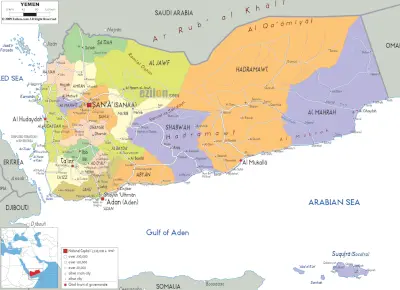Acrylonitrile Butadiene Styrene Prices in Yemen
Yemen is located in southwest Asia and south of the Arabian Peninsula, the capital of which is the beautiful city of Sanaa. ABS plastic is one of the most important and widely used commercial polymers. Trade balances in Yemen are about 14% higher than before, and growth in this area is considered acceptable. Asia is home to abundant reserves of the key feedstock required for ABS production, such as acrylonitrile, butadiene, and styrene. Britain conquered Yemen in 1943 but gained independence in 1967. The present-day Republic of Yemen was established in 1990 in Yemen. ABS is a matte amorphous thermoplastic polymer that is suitable for industries such as plastic injection that require hard, durable and inexpensive plastic
Add your import and export orders to this list
Warning: Undefined variable $formTitle in /home/anbar/domains/anbar.asia/anbar/inc/html/desktop/orderform.php on line 10
Warning: Undefined variable $marketName in /home/anbar/domains/anbar.asia/anbar/inc/html/desktop/orderform.php on line 12
Warning: Undefined variable $location in /home/anbar/domains/anbar.asia/anbar/inc/html/desktop/orderform.php on line 12
If you want to trade in the , please join in Anbar Asia. Your order will be shown here, so the traders of contact you

Estimates show that the revenue situation in Yemen in 2019 grew by about 12 percent. The main application of ABS is in the manufacture of car body parts and the automotive industry. Sanaa is one of the most important cities in Yemen, which has grown a lot in terms of work as beautiful city in the field of tourism. Increasing applications of ABS have led to the development of other alloys to address its shortcomings
- Yemen Nylon Market
- Yemen Polybutadiene Market
- Yemen Polypropylene Market
- Yemen resin Market
- Yemen Styrene Butadiene Rubber Market
- Yemen Ethylene Market
- Yemen Acrylonitrile Butadiene Styrene Market

Yemen has several climates. Western Yemen benefits from monsoon rains, which fall mainly in late spring and at the end of summer. Most of the rain falls in the mountains, with an annual maximum of a 1,000 millimetres in the southern mountains, decreasing gradually to an average of 400 millimetres in the northern mountains.
Read More ...
